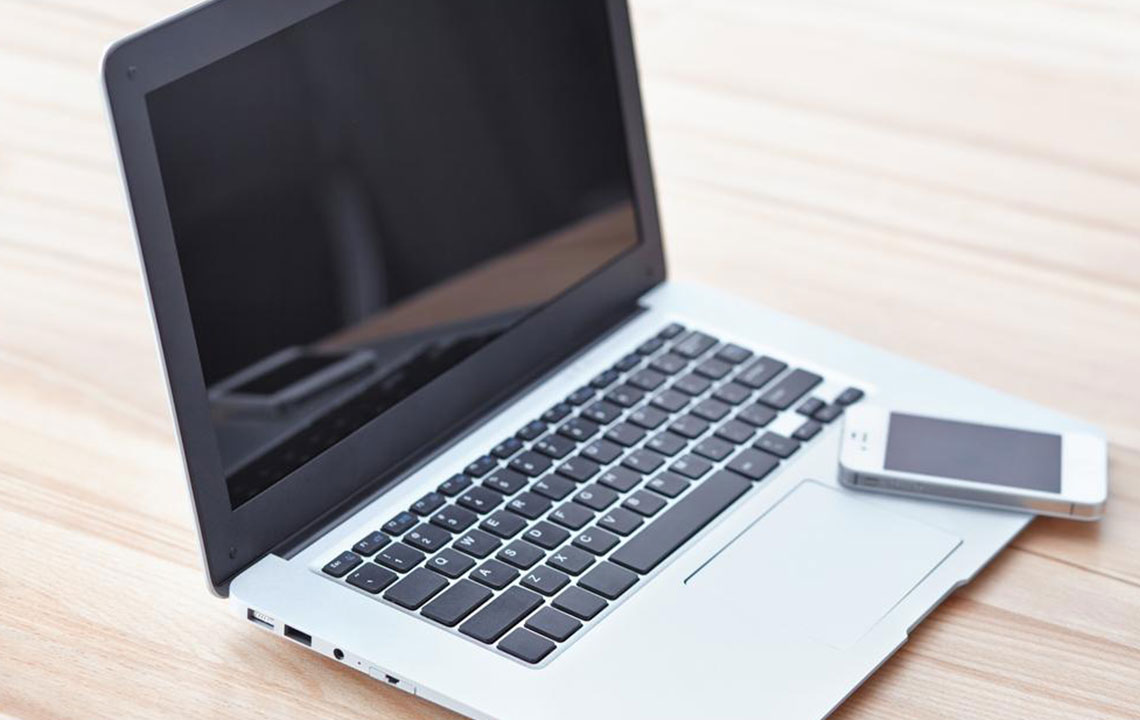In-Depth Comparison of Microsoft Surface Devices: Surface Book vs. Surface Pro
This detailed article provides an extensive comparison between Microsoft Surface Book and Surface Pro, highlighting their features, performance, and ideal usage scenarios. It guides professionals and tech enthusiasts in choosing the right device for their creative, engineering, or daily productivity needs, showcasing the versatility and high-end specifications of both models for a comprehensive understanding.

In-Depth Comparison of Microsoft Surface Devices: Surface Book vs. Surface Pro
For professionals working in design, engineering, fashion, multimedia, and creative industries, having a powerful and reliable laptop is essential. The Microsoft Surface lineup offers a range of devices tailored to meet these demanding needs, with the Surface Book and Surface Pro standing out as two of the most versatile options. Understanding their features, performance, and suitability can help users make informed decisions to enhance productivity and creativity. This comprehensive comparison explores the key differences and similarities between the Surface Book and Surface Pro, their target audiences, and their suitability for various professional and personal uses.
The Microsoft Surface Book is renowned for its high-end specifications and flexible design, making it an ideal choice for users requiring top-tier performance. Equipped with powerful processors such as Intel Core i7, substantial RAM options, dedicated GPUs, and large high-resolution displays, the Surface Book caters specifically to tasks like 3D modeling, computer-aided design (CAD), video editing, and other graphics-intensive applications. Its robust hardware configurations ensure smooth workflow execution, even with demanding software. Additionally, the device boasts an impressive battery life that allows extended use without frequent recharging, a critical feature for professionals on the move.
One of the defining features of the Surface Book is its detachable screen, which transforms the device into a high-performance tablet. This detachable design offers unparalleled flexibility; users can easily switch between laptop and tablet modes depending on their workflow needs. The keyboard base contains additional hardware components, including a discrete GPU option and extra ports, further enhancing its versatility. The integration of Windows 10 S mode is optimized for efficiency, especially on models with lower hardware specifications, enabling smoother operations and longer battery life. While the Surface Book's premium features and performance capabilities come at a higher price point, its durability and adaptability justify the investment for professionals who demand excellence in portable computing.
Meanwhile, the Surface Pro series has evolved significantly since its initial launch in 2015 with the Surface Pro 4. Described as "the tablet that can replace a laptop," the Surface Pro combines portability, versatility, and performance into a compact form factor. It is particularly popular among travelers, digital artists, students, and professionals who need a device that offers both tablet convenience and laptop functionality. The latest Surface Pro models feature high-resolution PixelSense displays, powerful Intel processors, and optional LTE connectivity, making them suitable for on-the-go productivity and creative work.
The design of the Surface Pro emphasizes lightweight portability without sacrificing performance. Its detachable keyboard, Surface Pen compatibility, and multi-position kickstand enhance user experience by enabling easy transition between writing, drawing, browsing, and productivity tasks. The device runs on Windows 10 or Windows 11, offering a familiar desktop environment with access to a vast ecosystem of applications. Hardware configurations vary, allowing users to choose models with different levels of power based on their needs. The device faces stiff competition from Apple’s iPad Pro but remains a preferred choice for users who favor a full Windows environment over iPadOS or Android.
Ultimately, both the Surface Book and Surface Pro cater to different user needs but share some common advantages, such as portability, high performance, and adaptability. The Surface Book excels for users requiring heavy-duty processing, dedicated graphics, and a detachable form factor suitable for creative professionals. Conversely, the Surface Pro offers a lightweight, versatile, and highly portable solution ideal for students, travelers, and professionals who prioritize mobility and flexibility with a full Windows experience. Selecting between these devices depends heavily on individual workload requirements, budget, and preferred form factor.
In conclusion, Microsoft's Surface lineup continues to set industry standards for innovative portable computing devices. Whether users need a robust workstation with expandable features or a sleek tablet that doubles as a laptop, the Surface Book and Surface Pro provide premium options that meet a wide range of professional and personal needs. Investing in either device ensures access to a high-performance, flexible computing platform capable of handling today's demanding digital tasks and future advancements.





